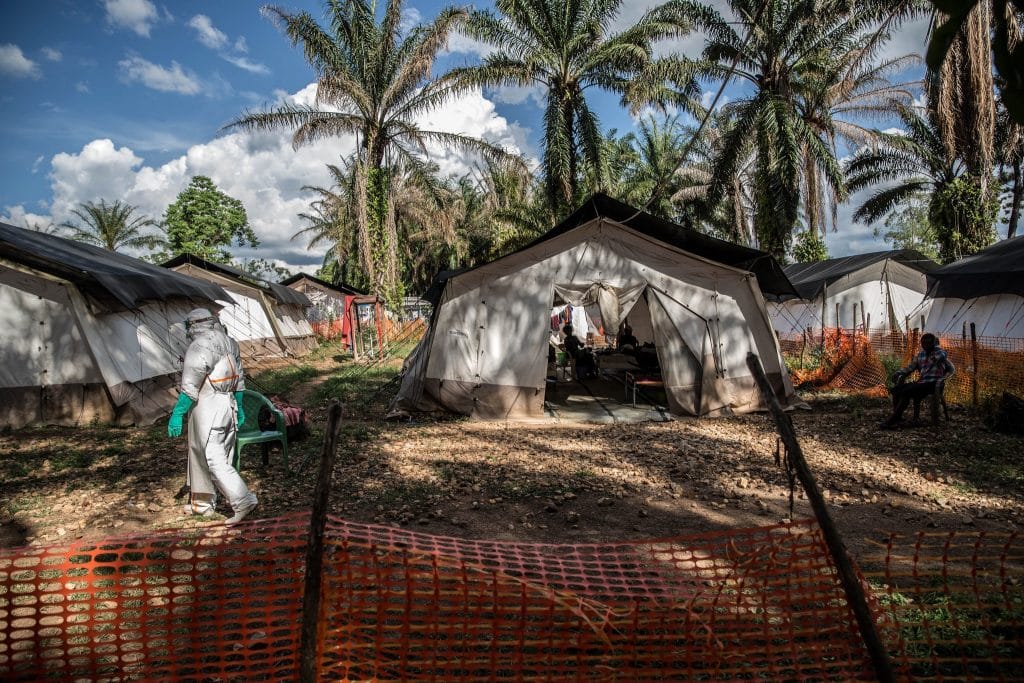The emergence of Human Metapneumovirus (HMPV) in China has captured the attention of health officials and the public alike, leading to discussions regarding its characteristics, similarities to COVID-19, and potential vaccine options. While HMPV is not a new virus, its recent outbreak has raised important questions about its impact and the measures that can be taken to mitigate its spread.
HMPV was first identified in the late 1990s and is known to cause respiratory infections, particularly in young children, the elderly, and immunocompromised individuals. The virus is part of the Paramyxoviridae family, which also includes other respiratory pathogens such as respiratory syncytial virus (RSV). HMPV is transmitted through respiratory droplets, making it similar in transmission dynamics to COVID-19.
Recent reports indicate that the outbreak in China has led to an increase in respiratory illness cases attributed to HMPV. Symptoms of HMPV infection can range from mild to severe and may include cough, fever, and difficulty breathing. In more serious cases, especially among vulnerable populations, HMPV can lead to pneumonia and other complications. The rise in cases has prompted health authorities to monitor the situation closely and implement public health measures to control the spread of the virus.
One of the primary concerns regarding HMPV is its resemblance to COVID-19, particularly in terms of transmission and symptomatology. Both viruses can cause respiratory illness, and their modes of transmission are similar, leading to potential confusion in diagnosis. However, it is crucial to note that HMPV is distinct from SARS-CoV-2, the virus responsible for COVID-19. Current research indicates that while both viruses can lead to respiratory symptoms, the clinical outcomes and treatment approaches may differ significantly.
As for vaccine availability, there is currently no specific vaccine for HMPV. Research is ongoing in the development of vaccines targeting HMPV, but it may take time before a viable option becomes available for public use. In the meantime, health officials emphasize the importance of preventive measures, such as hand hygiene, wearing masks in crowded spaces, and avoiding close contact with infected individuals to reduce the risk of transmission.
The outbreak of HMPV in China serves as a reminder of the continuous threat posed by respiratory viruses. The global health community is well aware of the need for vigilance, especially in the wake of the COVID-19 pandemic, which has highlighted the interconnectedness of viral outbreaks. Surveillance systems are crucial in detecting and responding to outbreaks promptly, allowing for effective public health interventions.
In conclusion, the HMPV outbreak in China is a significant public health concern, but it is essential to understand that HMPV is not a new virus. Its similarities to COVID-19 in terms of transmission and symptoms warrant attention, yet it remains distinct from SARS-CoV-2. While there is currently no vaccine available for HMPV, ongoing research may yield promising results in the future. As the situation evolves, health authorities will continue to monitor the outbreak and provide guidance on preventive measures to safeguard public health.



